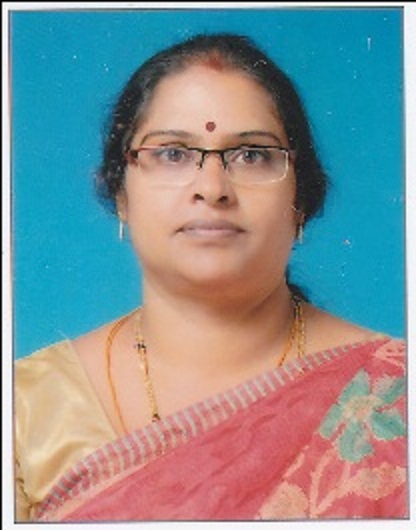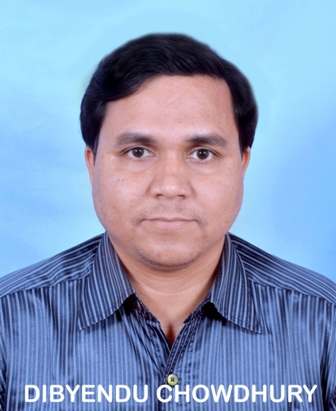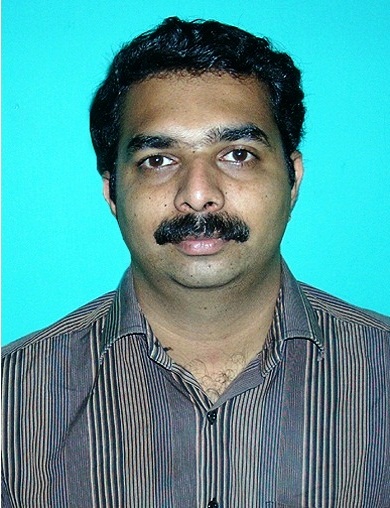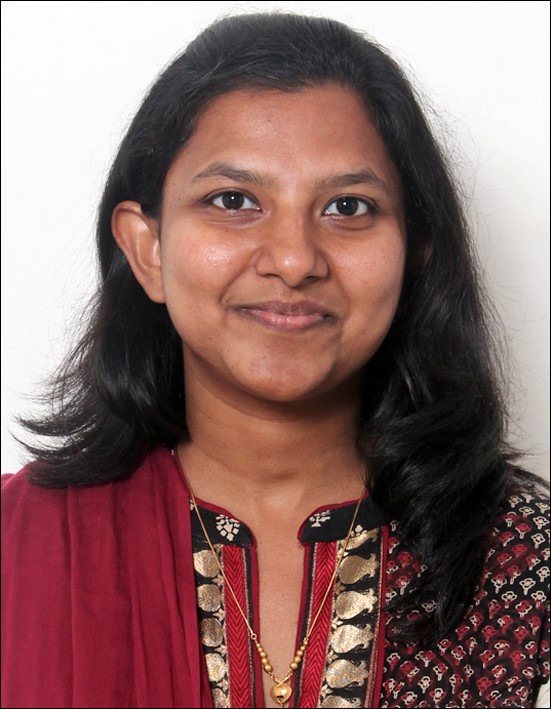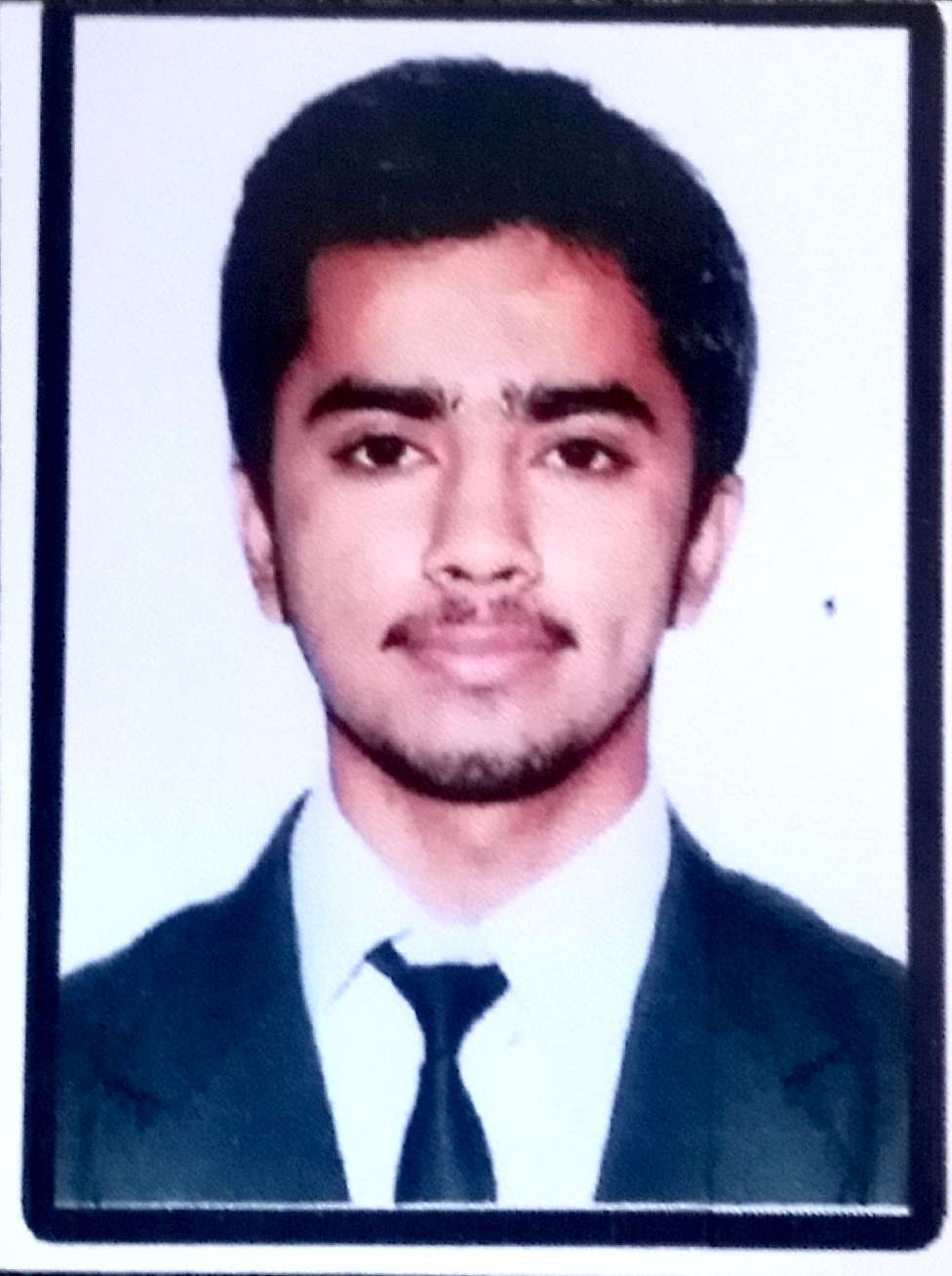Course abstract
This course is designed with an aim of educating students in the area of microtechnology and its use to fabricate sensors and systems. The students will have an exposure to sensors and its importance in the real world. The students will also able to understand how to fabricate some of those sensors. Several examples of engineering devices used in clinical research will be also covered. Class 10000 non-conventional clean room and some equipment within it will also be shown. Below are some of the course outcomes. Ability to understand microfabrication process Understand sensors used in electronics and biomedical areas Understand Clean Room (Class 1 to Class 10000) Understand Microengineering Technology Design the process flow for fabricating microheater required in gas sensors. Design the process flow for fabricating forces sensors for biomedical application. Design microheater for gas sensors as per specifications. Design force sensors as per specifications. Understand fabrication of microfluidic platforms, micro-cantilevers, flexible force sensors, inter-digitated electrodes, polymer-glass bonding etc. for clinical research
Course Instructor

Prof. Hardik J Pandya
Dr. Hardik J. Pandya is a core faculty member in the Department of Electronic Systems Engineering, Division of Electrical Sciences, IISc Bangalore where he is developing Advanced Microsystems and Biomedical Devices Facility for Clinical Research and Biomedical and Electronic (10-6-10-9) Engineering Systems Laboratory to carry out cutting-edge research on novel devices to solve unmet problems in biology and medicine. He is recipient of prestigious Early Career Research Award from Science and Engineering Research Board, Government of India as well as a start-up grant of 228 Lacs from IISc. He has taught Design for Analog Circuits, Analog Integrated Circuits, VLSI technology, and Semiconductor Devices to undergraduate and graduate students from Electronic Engineering, Instrumentation Engineering, and Applied Physics. He seek to understand and exploit novel ways of fabricating microengineering devices using glass,silicon, polymers and integrate with unusual classes of micro/nanomaterials..More info
Teaching Assistant(s)
Course Duration : Jul-Oct 2019
View Course
Syllabus
Enrollment : 15-May-2019 to 05-Aug-2019
Exam registration : 01-Jun-2019 to 30-Sep-2019
Exam Date : 16-Nov-2019, 16-Nov-2019
Enrolled
1701
Registered
78
Certificate Eligible
51
Certified Category Count
Gold
0
Silver
1
Elite
14
Successfully completed
36
Participation
17
Legend
AVERAGE ASSIGNMENT SCORE >=10/25 AND EXAM SCORE >= 30/75 AND FINAL SCORE >=40
BASED ON THE FINAL SCORE, Certificate criteria will be as below:
>=90 - Elite + Gold
75-89 -Elite + Silver
>=60 - Elite
40-59 - Successfully Completed
Final Score Calculation Logic
- Assignment Score = Average of best 8 out of 12 assignments.
- FINAL SCORE (Score on Certificate) = 75% of Exam Score + 25% of Assignment Score.
Enrollment Statistics
Total Enrollment: 1701
Registration Statistics
Total Registration : 78
Assignment Statistics
Exam score
Final score



.jpg)
.jpg)
.jpg)
.jpg)
